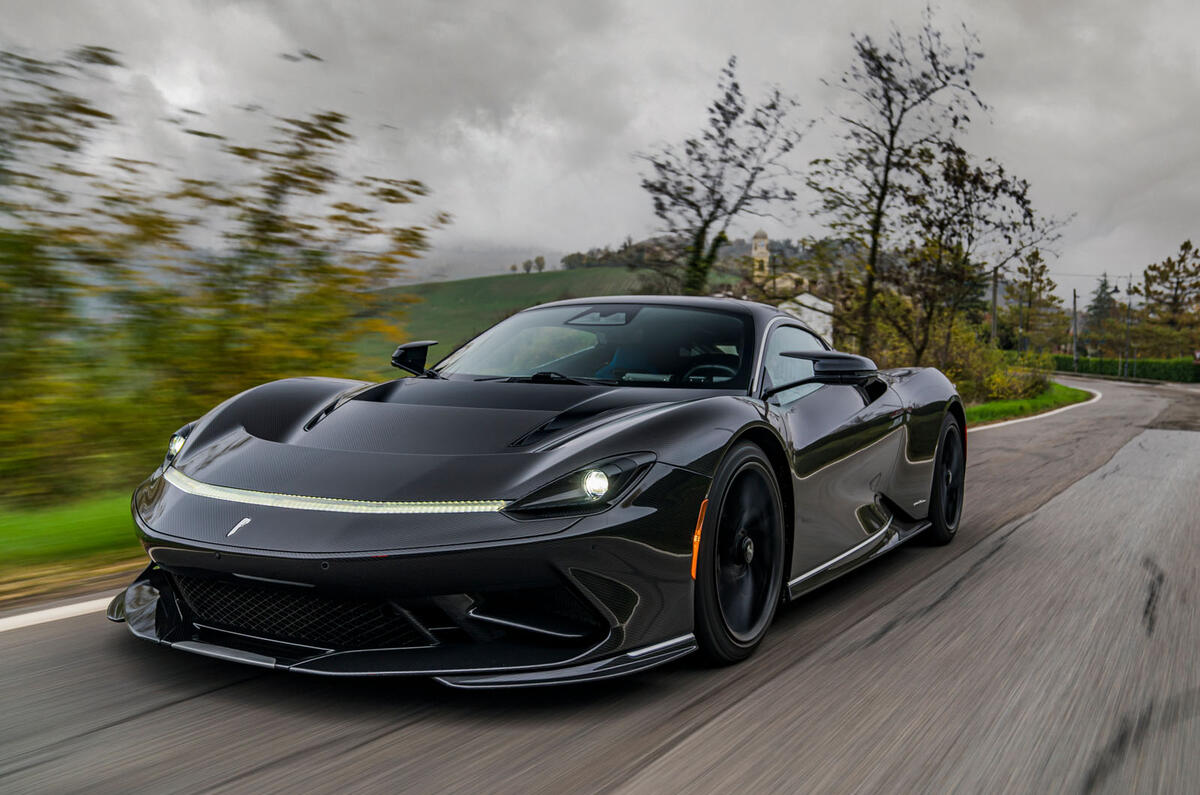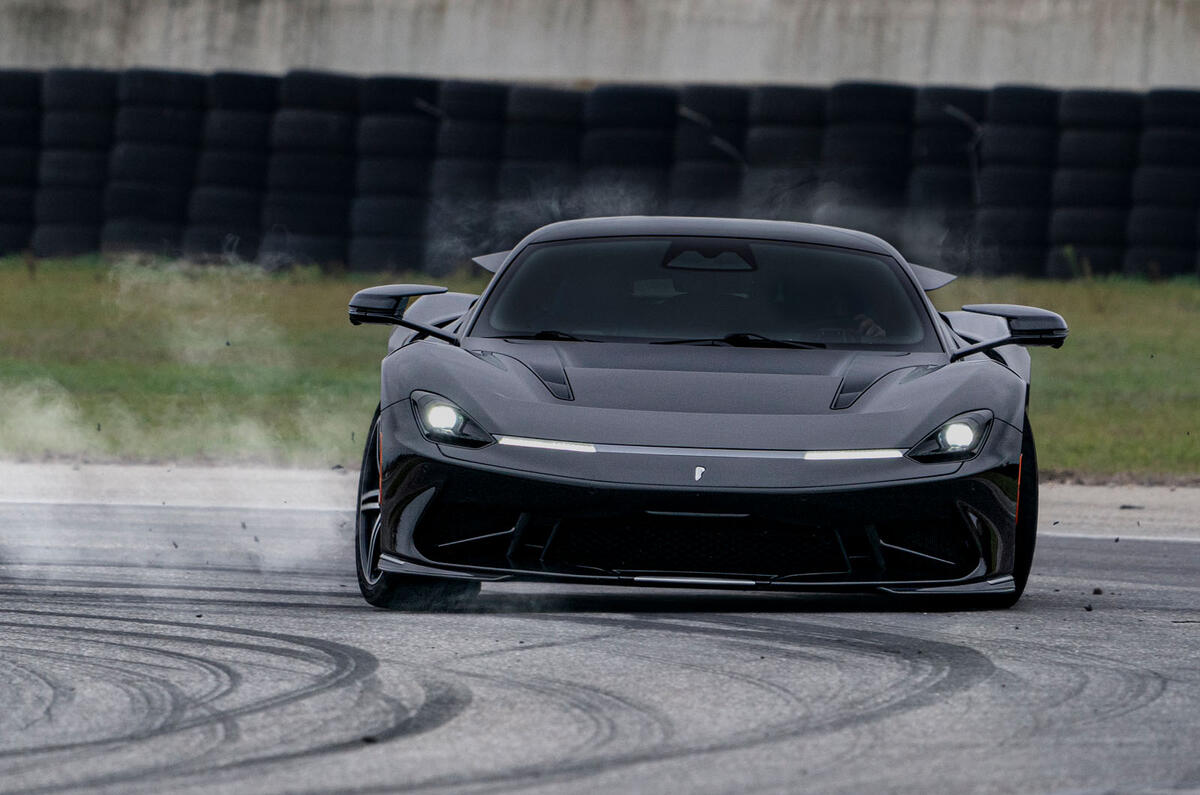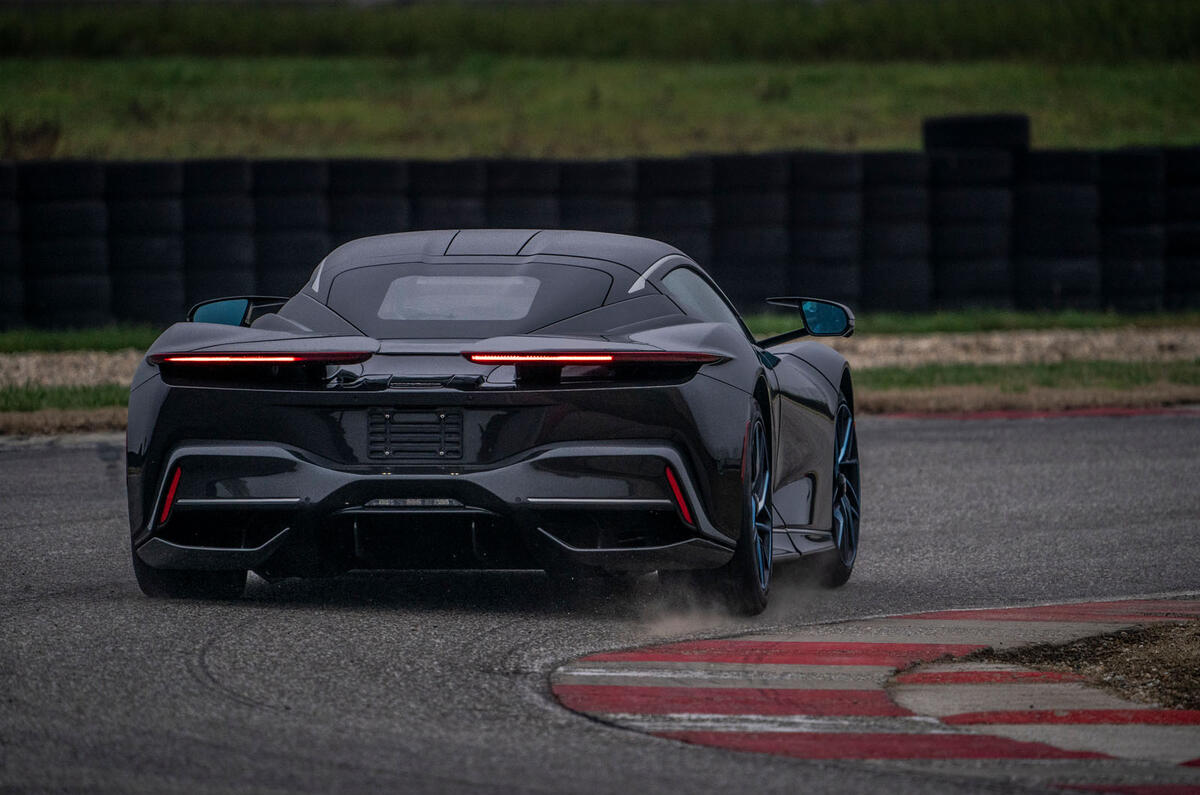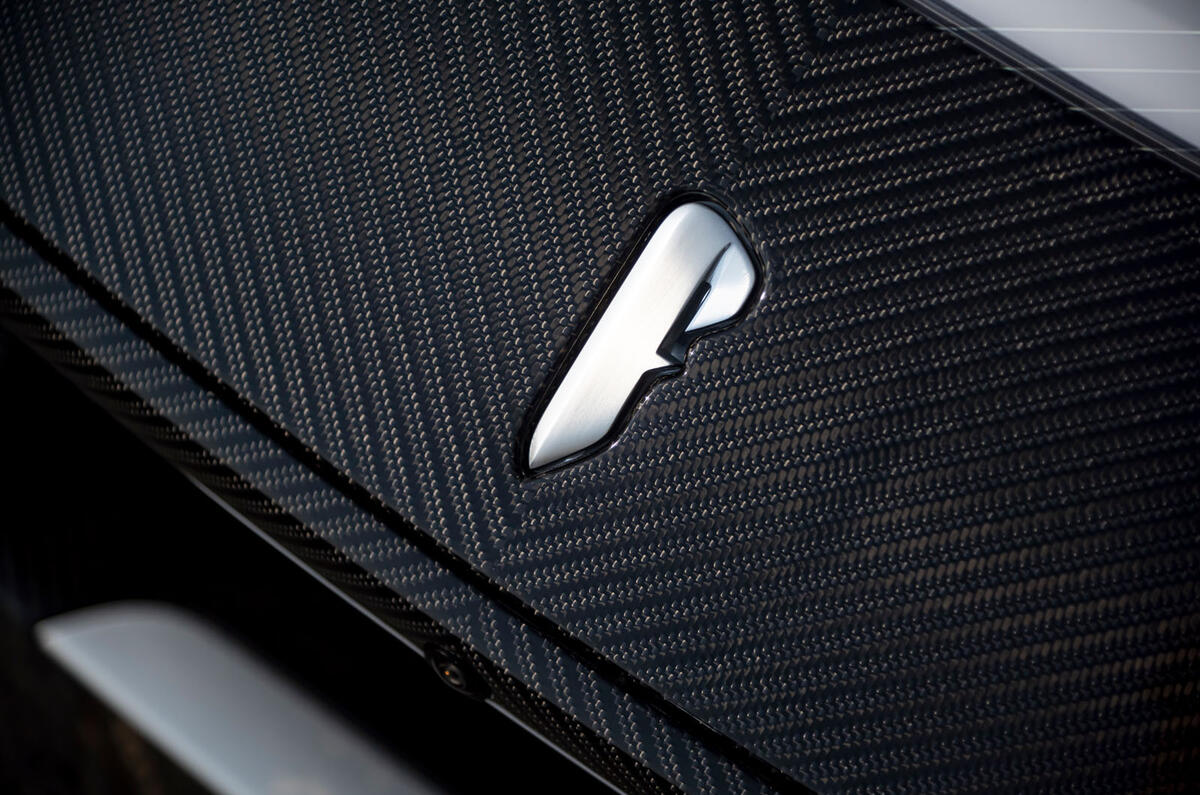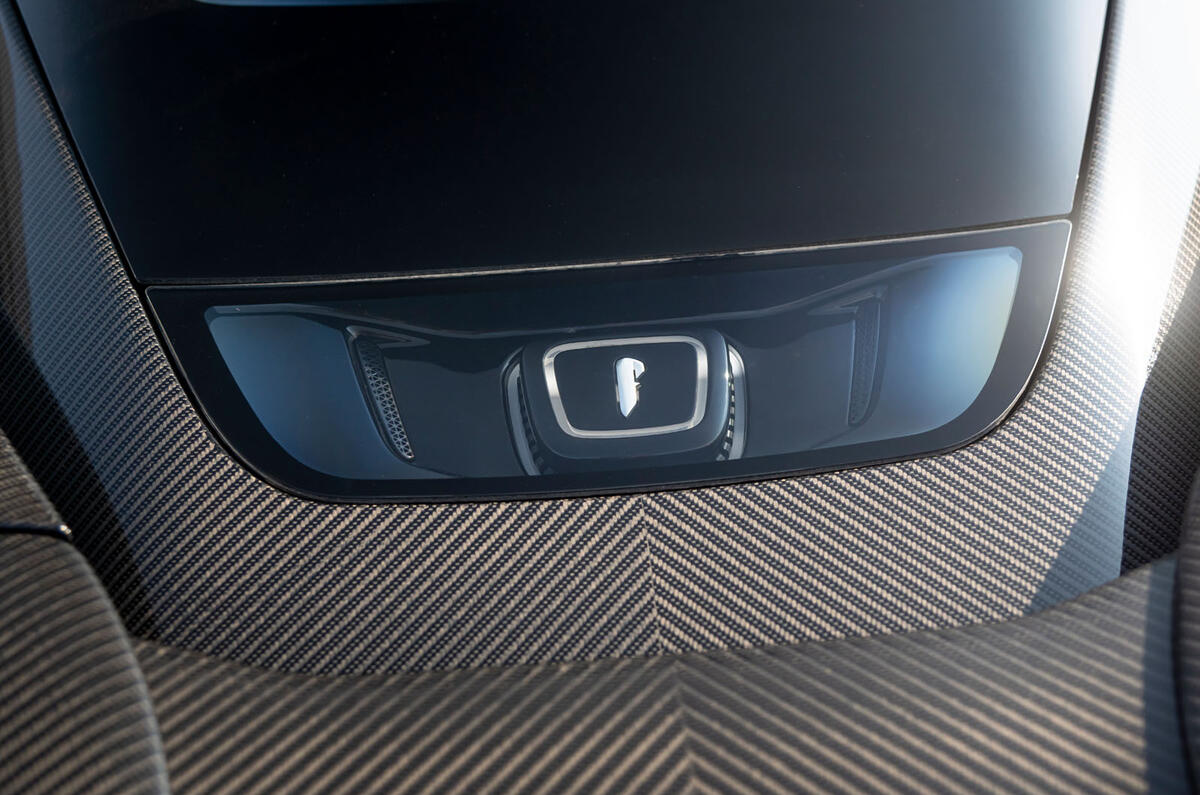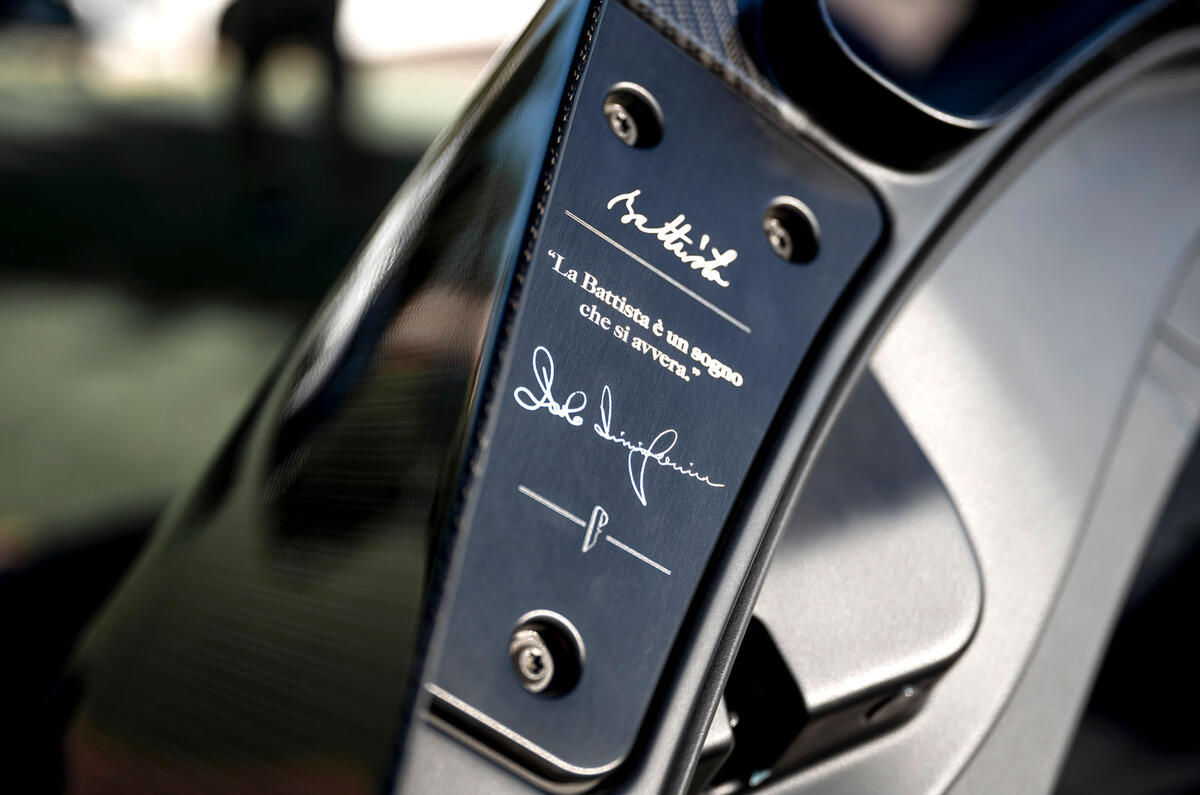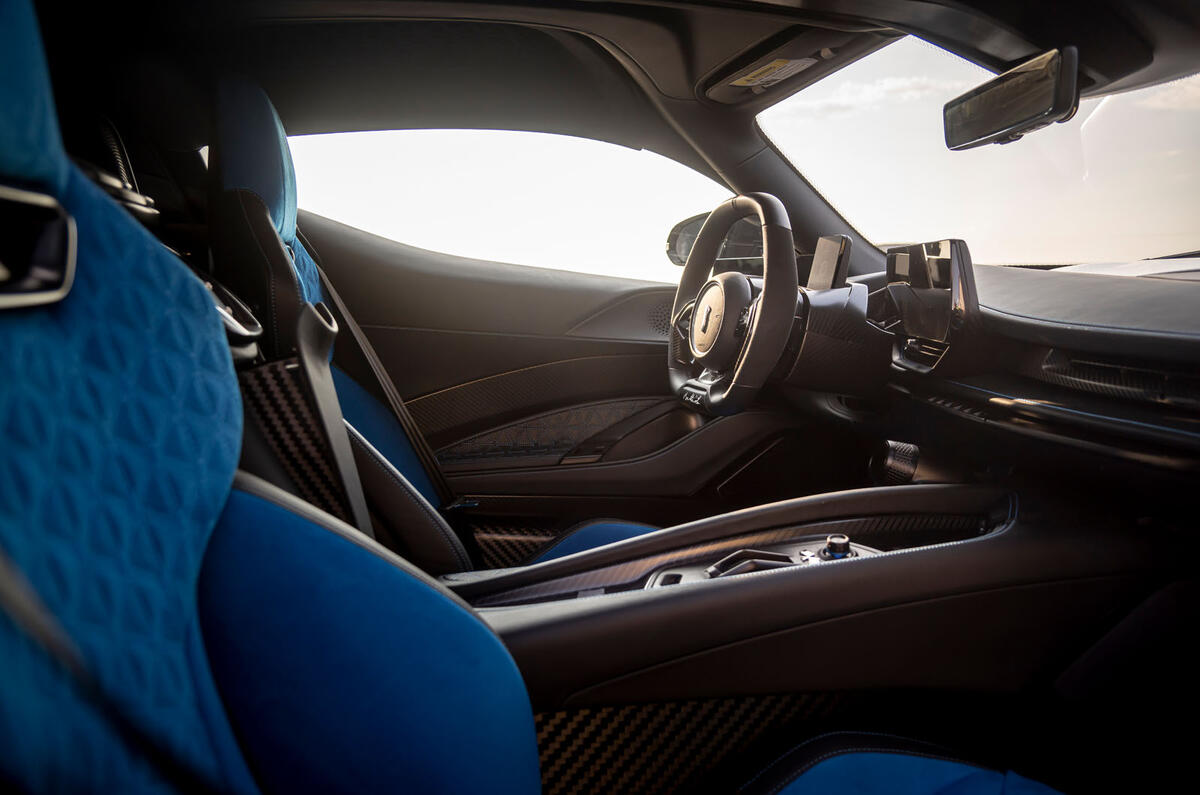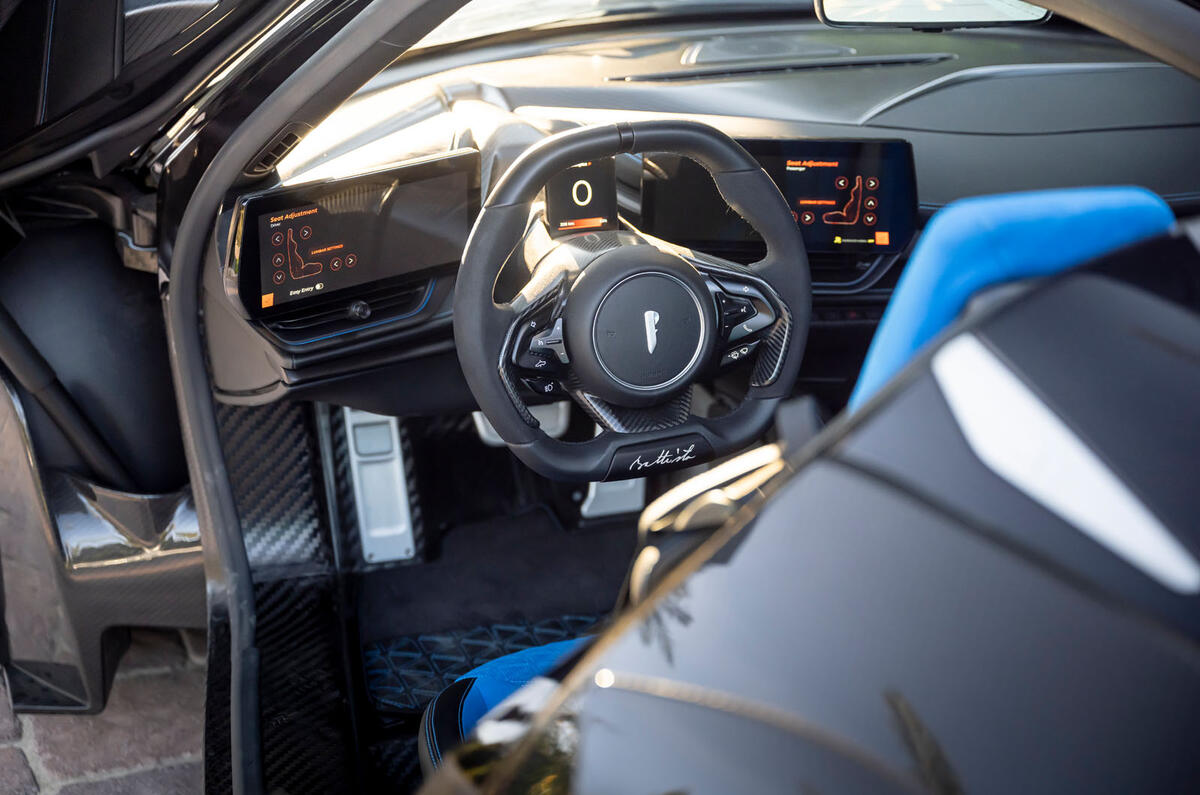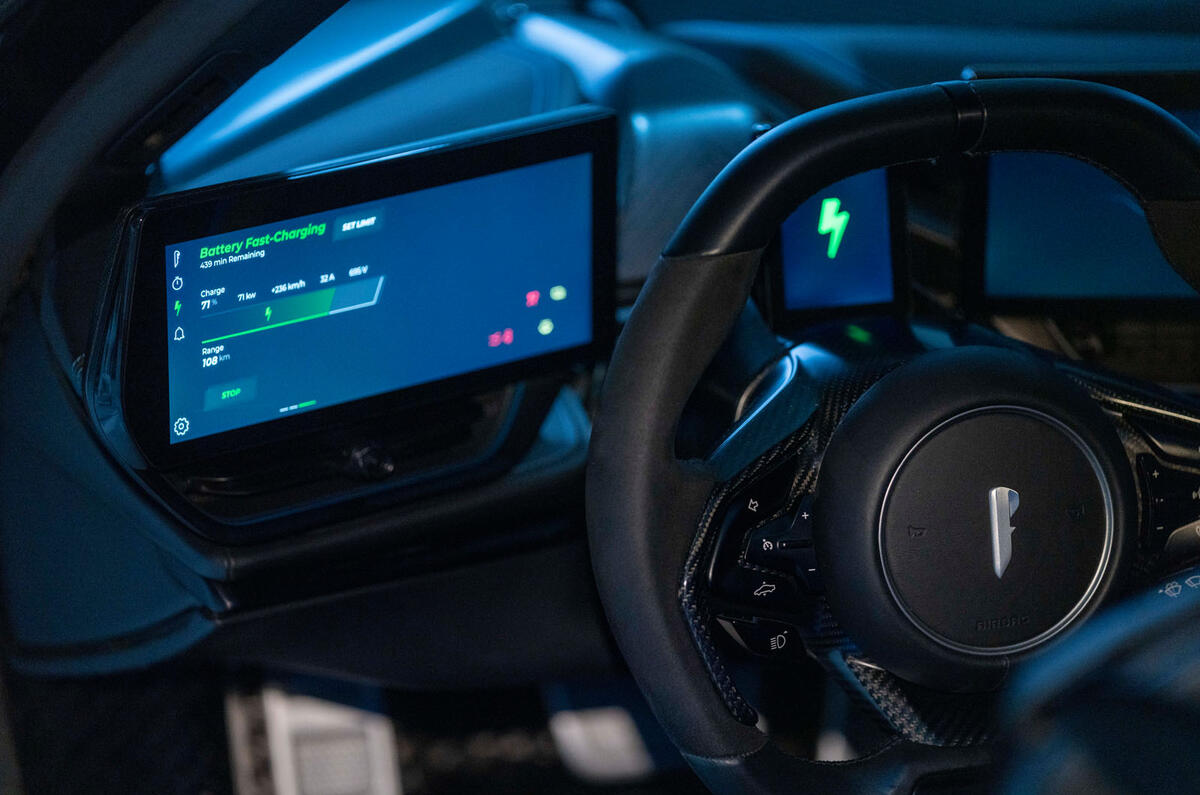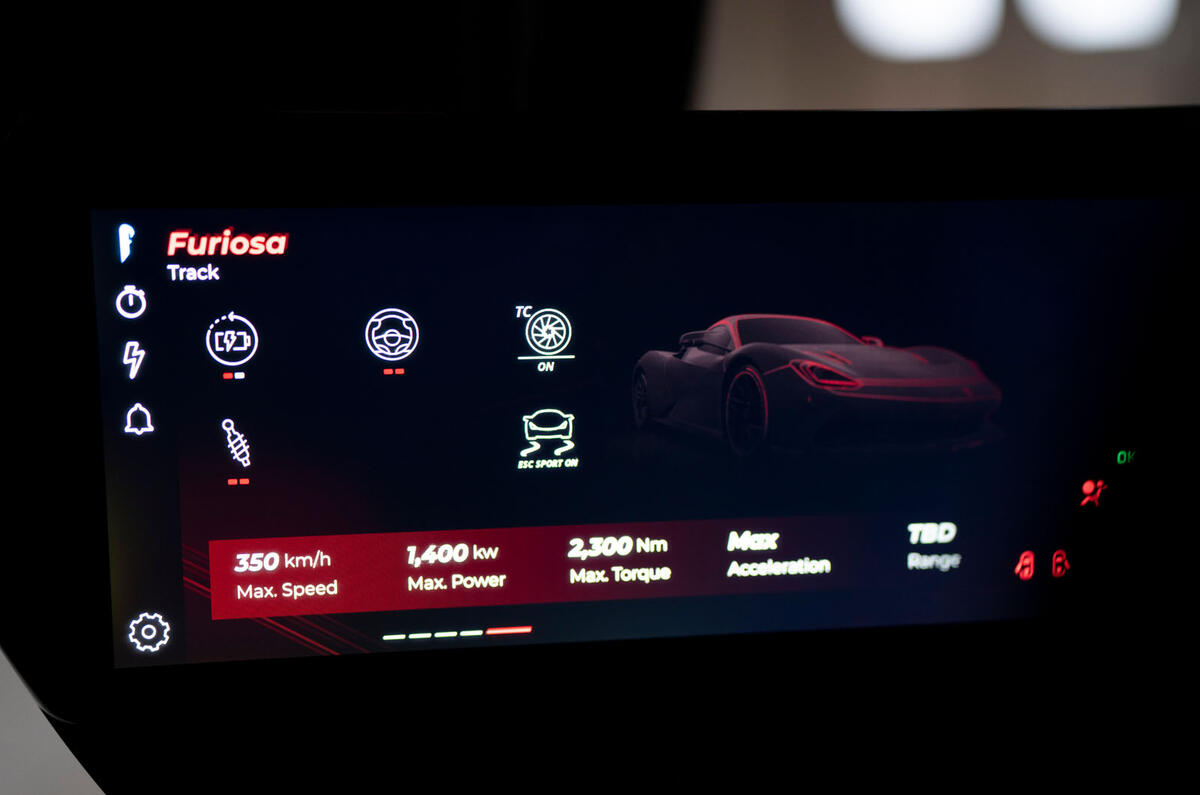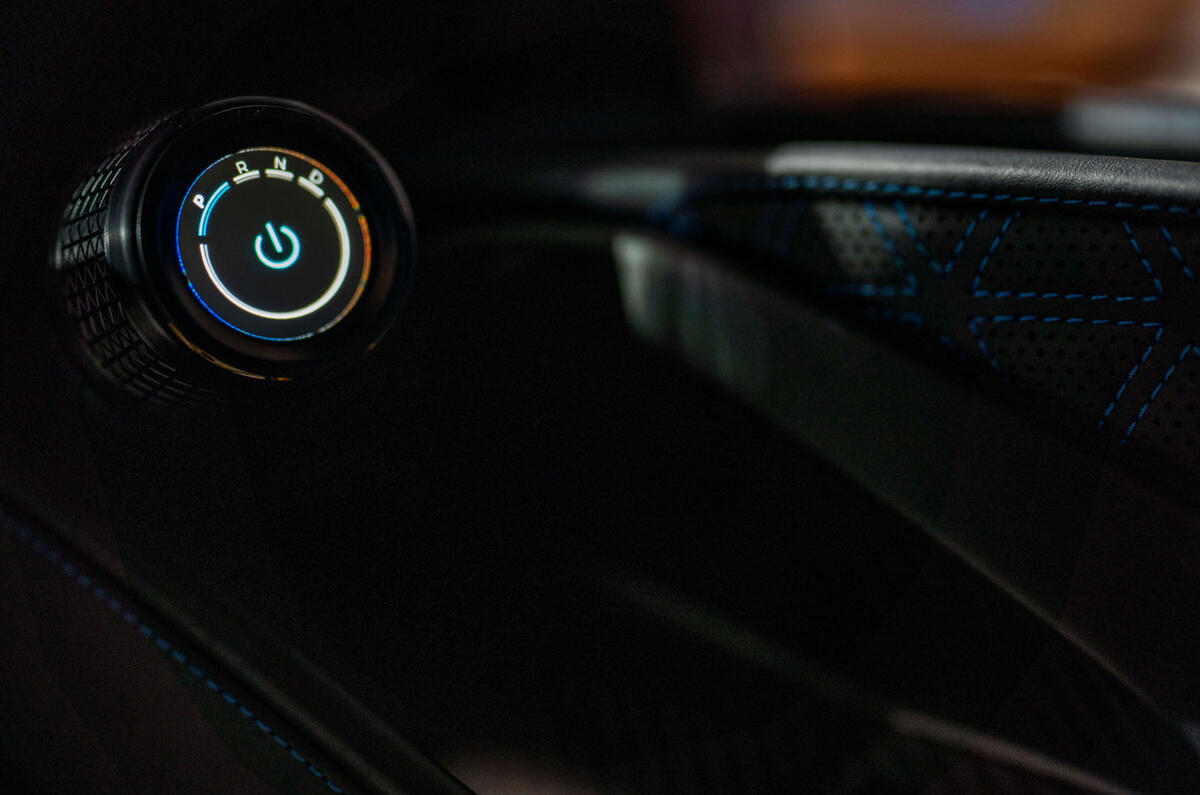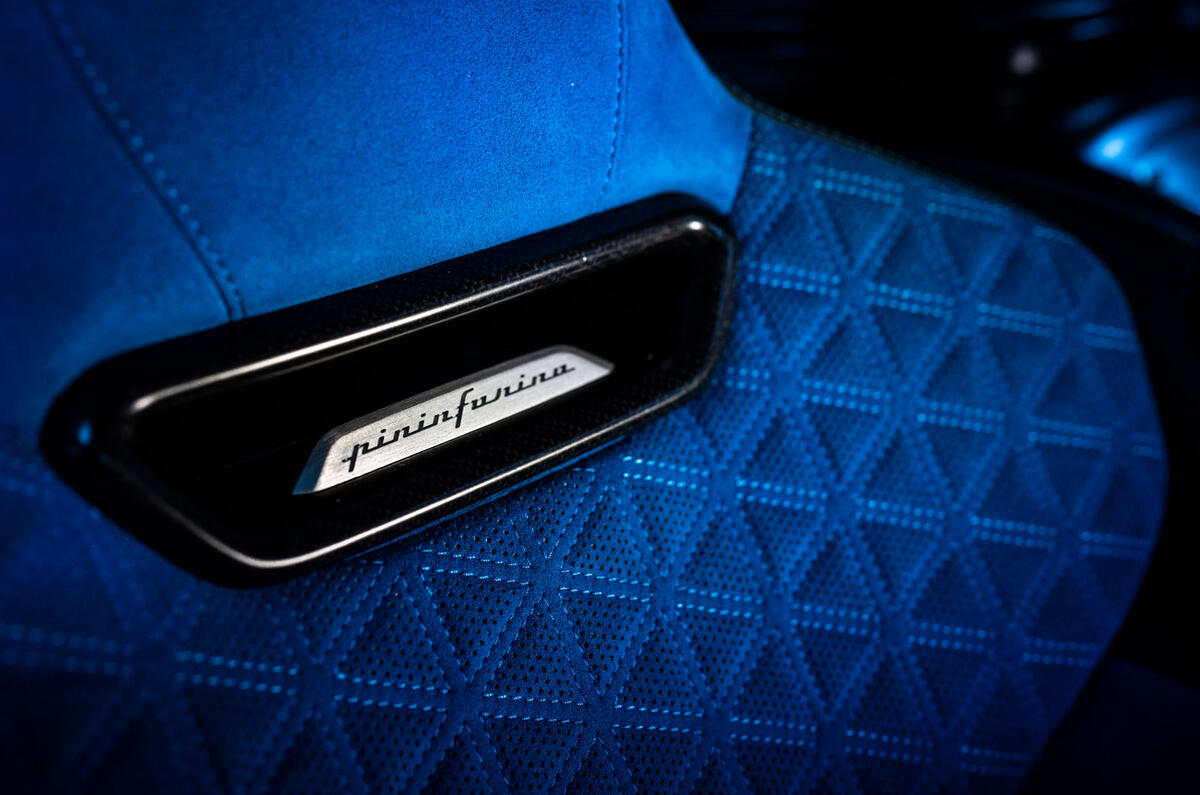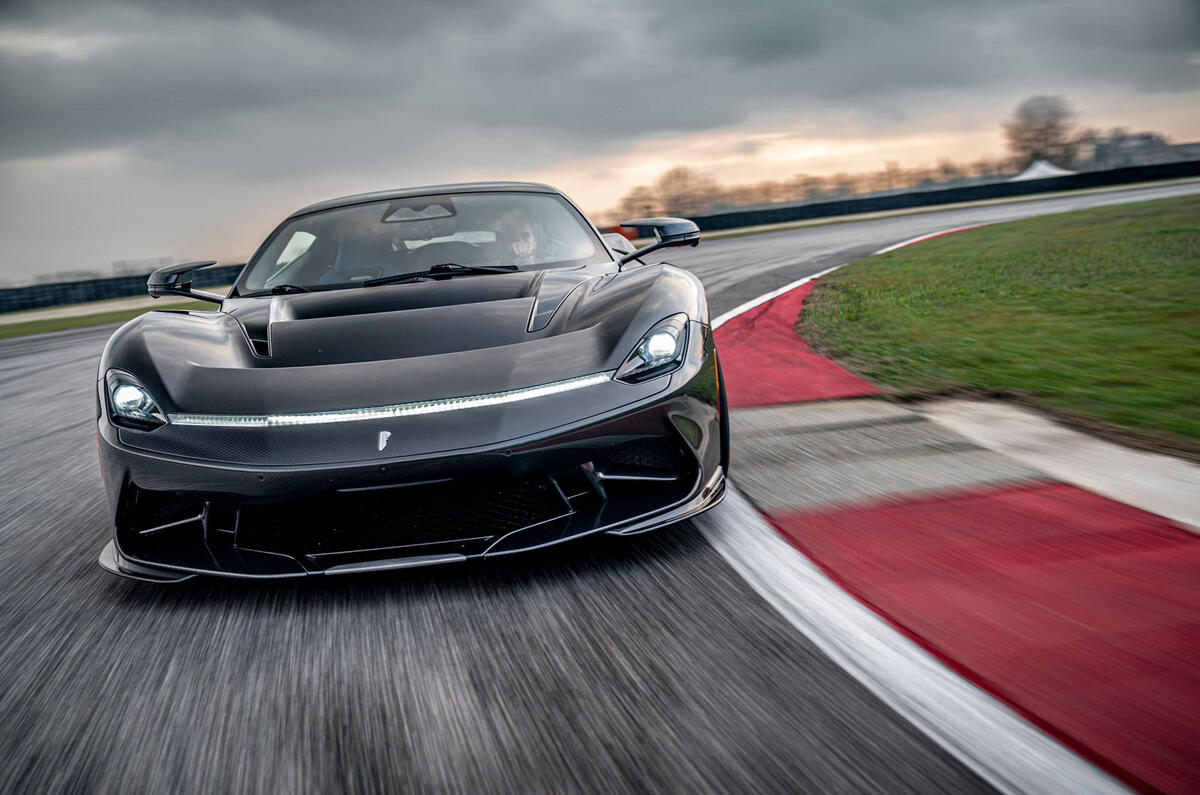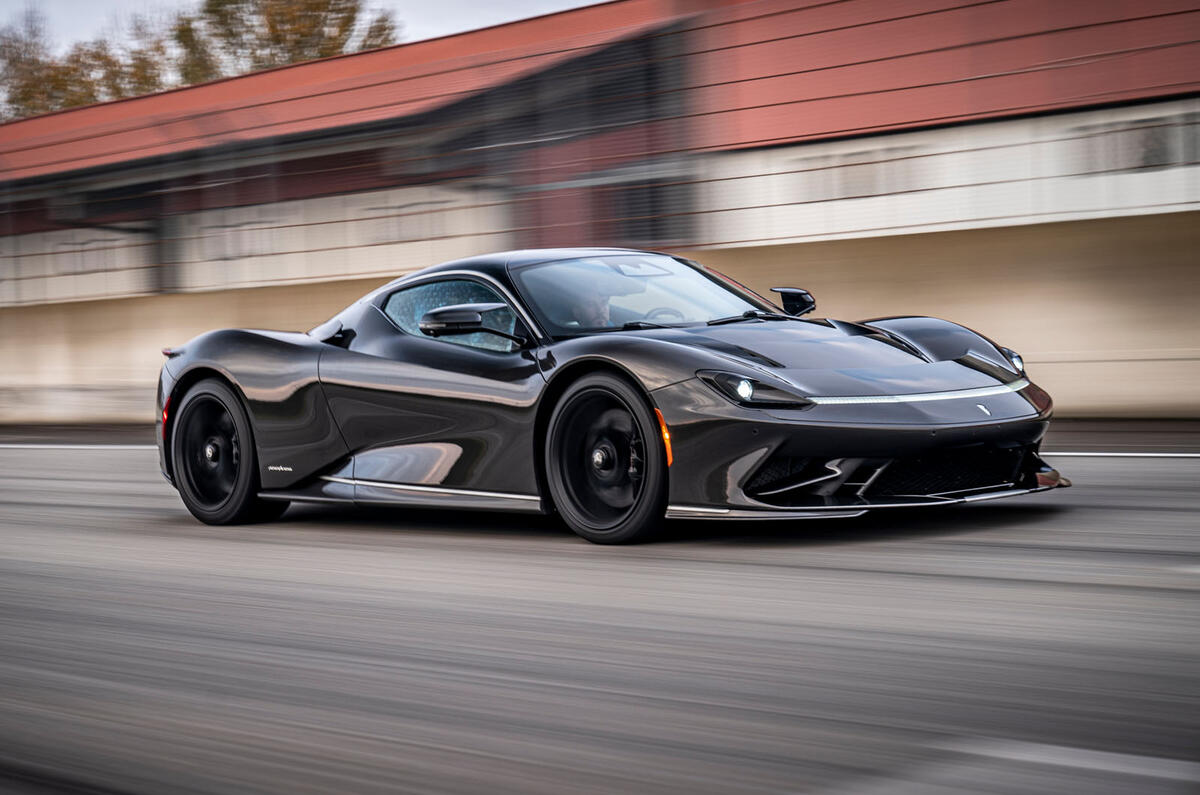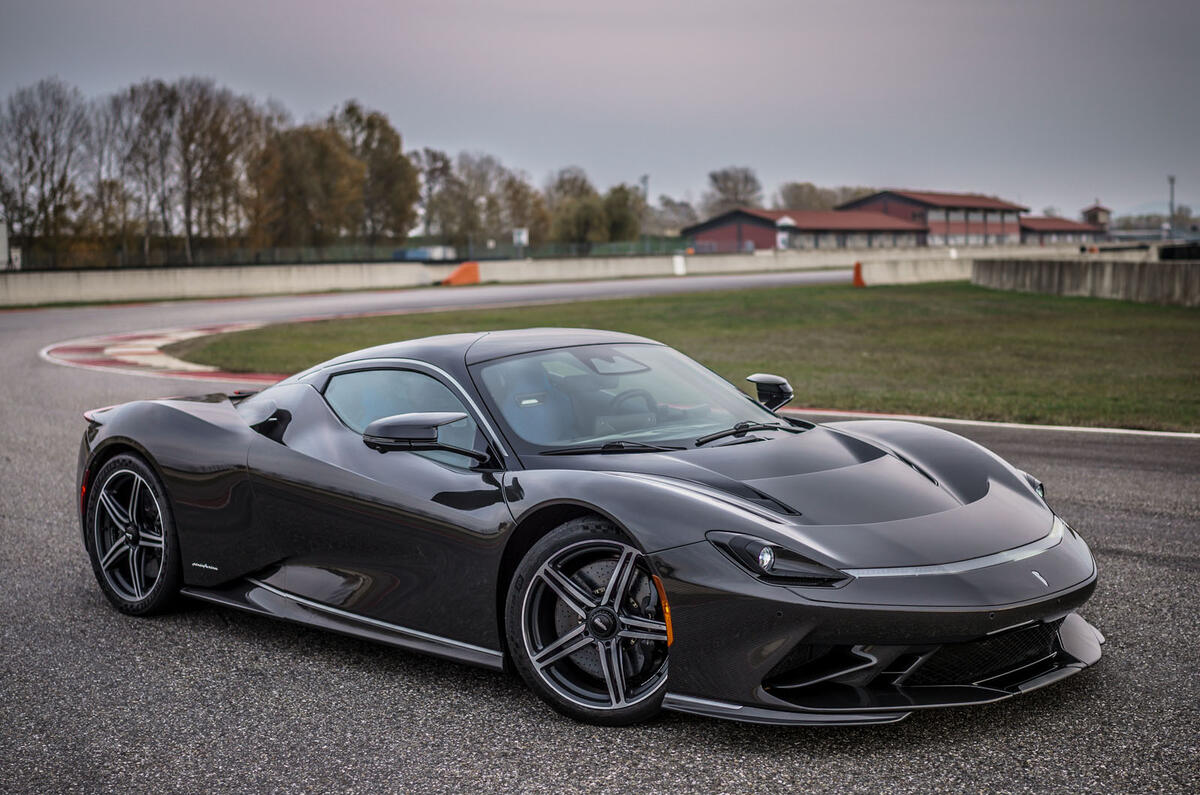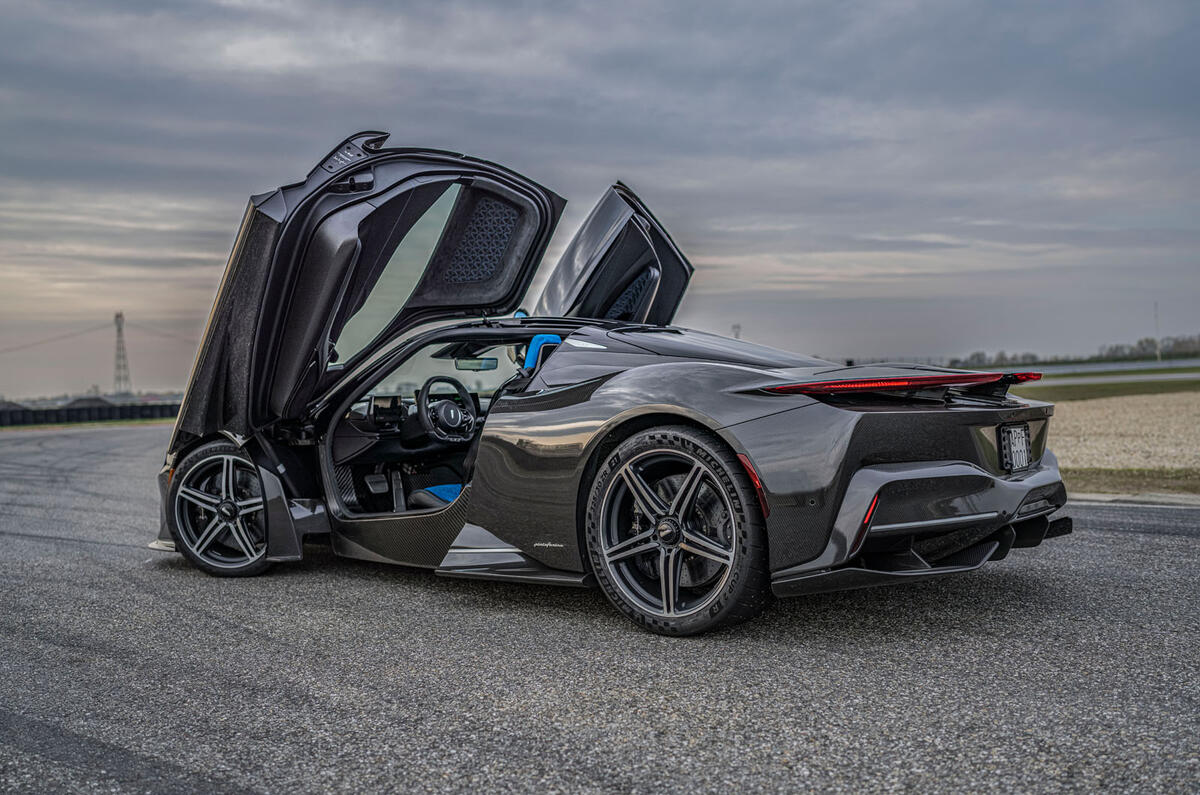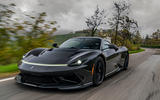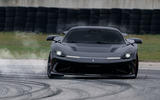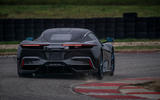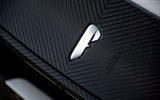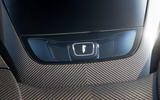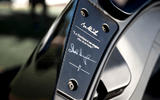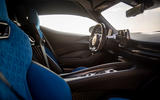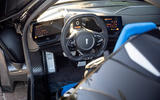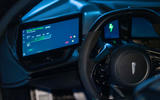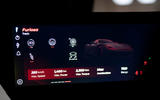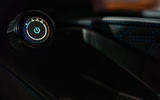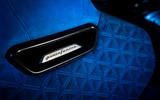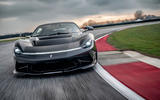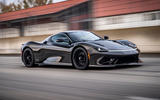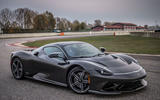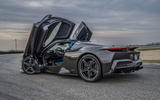I’m stationary at the start of the main straight on the Circuito Tazio Nuvolari, a rustic race track surrounded by flat farmland an hour’s drive from Turin.
A quick check ensures the Pininfarina Battista is in its angriest drive mode, Furiosa, for which I don’t need to provide translation. A touchscreen tells me that 1400kW is available for forward motion. That’s 1876bhp. Then I unceremoniously step on the accelerator. And I laugh and laugh and laugh some more. Oh, I should probably start braking.
Question: is this battery- electric hypercar anything more than a one-trick pony? And if it isn’t, given that its trick is to sprint from 0-62mph in less than two seconds and from 0-186mph in less than 12 seconds, does that matter?
The Battista is Pininfarina’s announcement to the world that it’s now a car manufacturer in its own right, no longer just a design house. The company has designed some of the world’s most beautiful automotive shapes (and this might gracefully age into one of them), but it hasn’t been a true manufacturer until now. Although owned by Indian giant Mahindra, Automobili Pininfarina can be thought of as a start-up. At the Battista project’s beginning three years ago, it had just six employees; today there are still only 125.
Pininfarina decided that if it was going to reappear on the world stage as a manufacturer, it ought to do so with a bang – or a whizz.


